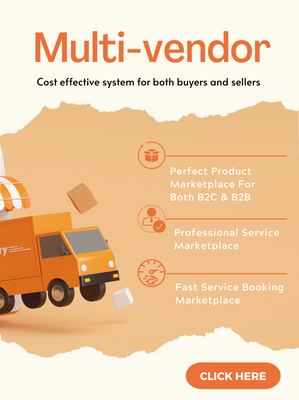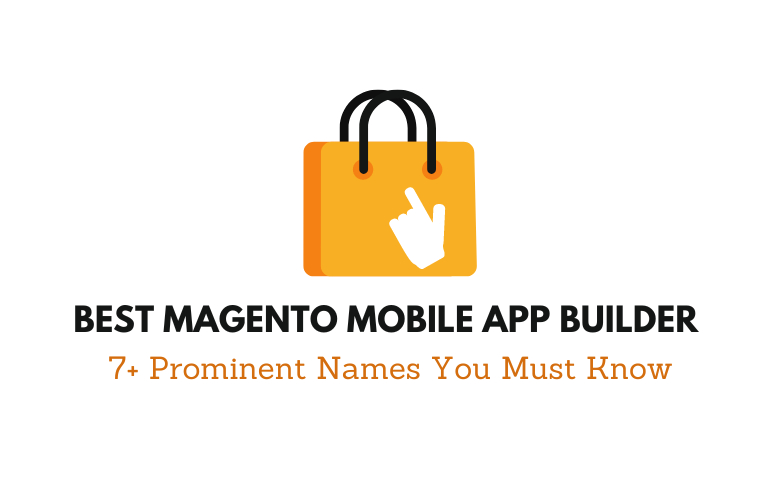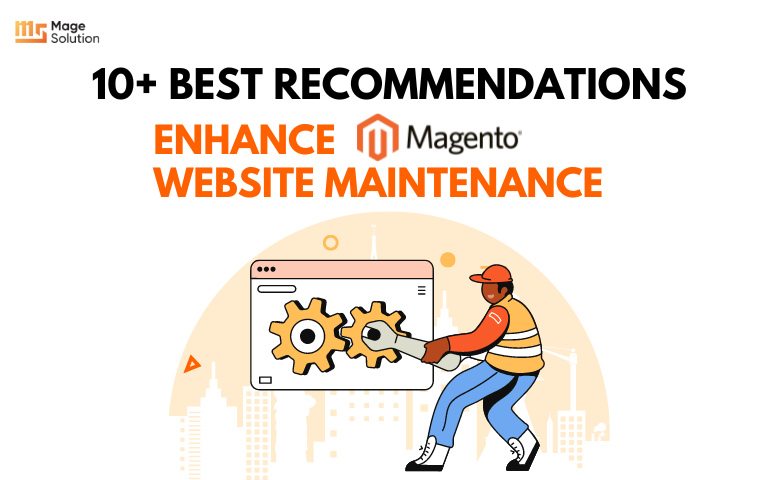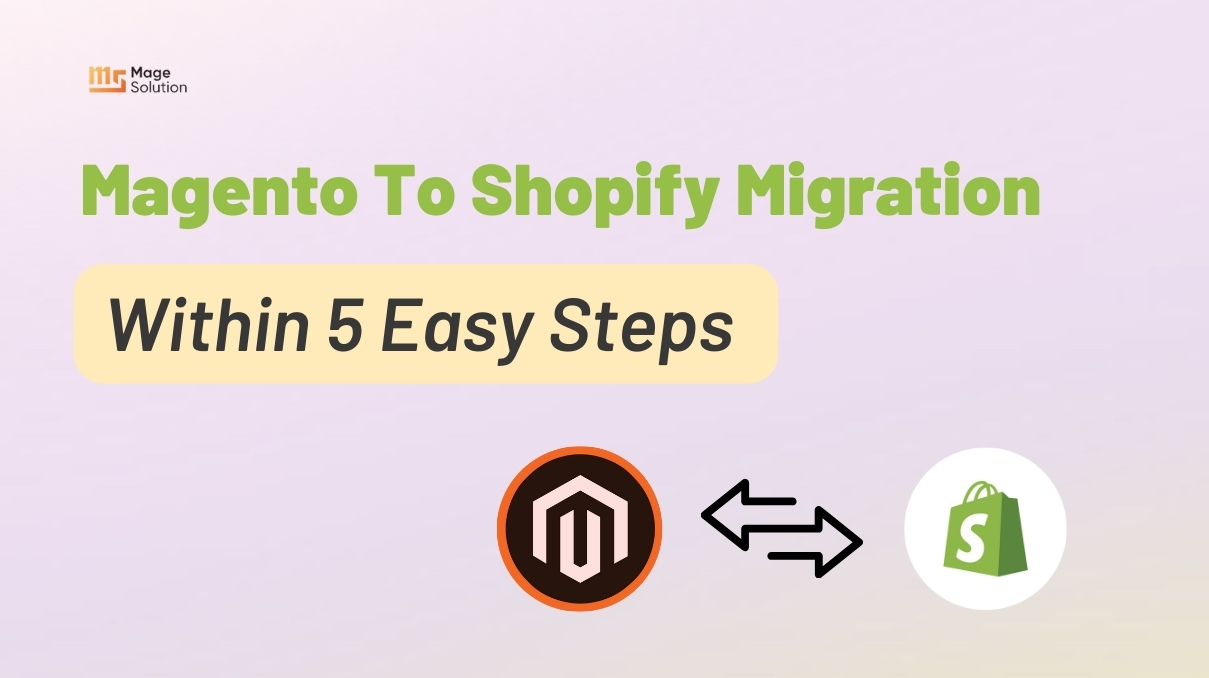Your cart is currently empty!
Magento Sage integration: The robust solution to enhance your business productivity
Your ERP and eCommerce systems work behind the scenes to assist you to run your online business. What if they could get along better?
Integration does not fit all businesses, but it is a method that many may use to establish a streamlined workflow. Integrating ERP with eCommerce systems helps reduce errors, control risks, satisfy consumer expectations, and make educated business choices. In many respects, it’s the antidote to the difficulties that sometimes accompany corporate expansion and growing consumer demand.
If you’re thinking about consolidating your systems, here’s what you need to know about Magento Sage integration.
What you need to know about Magento Sage integration
What is Magento?

Magento is an e-commerce platform that is owned by Adobe. Up to now, Magento has over 250,000 active stores. Their forum also has over 350,000 users. Customers may access many stores of merchants who can offer their products and services through the platform.
Magento platform is very easy to learn and use for both vendors and shoppers. The platform has many features, including catalog administration, data analysis, customer account management, data reporting and analysis, payment processing services, order management, delivery services, shop management, etc. The platform is very scalable, which is useful when dealing with a huge volume of traffic. This implies that you may continue to grow on this platform. You must also remember to ensure that the store’s basic coding is based on solid coding principles to ensure that there are no gaps in customer service. You can even add plugins and extensions to your store to enhance the buying experience for your clients.
Store owners may use Magento integration services to combine their store with other software such as ERPs, CRMs, shipping services, accounting software, and human resource software. Magento is a platform that anybody may use. Magento shop owners, on the other hand, use Magento web development services to ensure that the site provides the most benefits to consumers. These organizations have the know-how to design your store in such a way that it attracts the greatest amount of customers. Magento developers can be hired via the internet, physical service providers, or certified Magento organizations.
What is Sage?
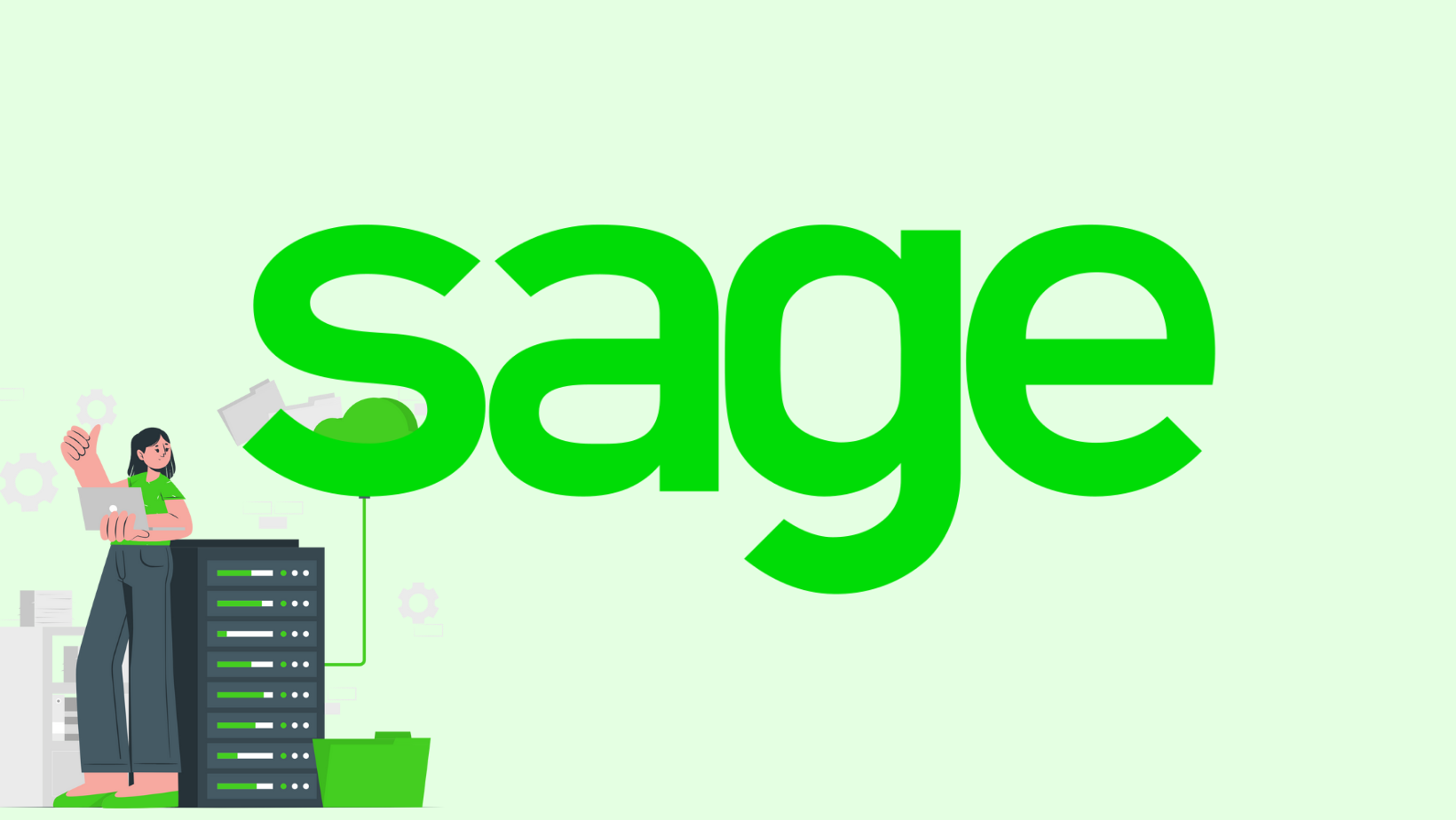
Sage is an accounting system for e-commerce enterprises. It is a package of services that gives several features to the owners to process and alter financial information and data. The program takes data, classifies it, and then presents it in an easy-to-understand format. This allows consumers to access financial information in a very simple fashion. The following are some of the system’s key features:
- Printing various invoices
- Make payments to the appropriate stakeholders
- The general ledger is automatically updated
- Stock market valuation
- Payrolls are calculated automatically
- An examination of sales
- Stock levels are automatically changed
- Refresh the supplier and customer databases
- VAT returns are displayed
- Customer account summaries with past-due balances
Sage was able to attract many accountants and gain market domination early on before other competitors had a chance to compete. The accounting business is older, and almost all current customers began with Sage and continue to use it now. Sage focuses on offering software solutions for financial data processing to its customers. They even integrated client-requested features while continuing to provide services to businesses of all sizes. They remained loyal to small and medium-sized firms rather than choosing the most profitable alternative for large businesses.
Sage knows well its client’s needs, as well as the sectors in which they operate. With rapid technological improvements, the software enhances its packages to maintain current users and even attract new customers. Magento Sage integration is a cutting-edge solution for Magento e-commerce business operators. Magento shop owners can engage Magento developers to provide Magento integration services with Sage if they cannot do it themselves.
How much does Magento Sage integration cost?
The cost of integration varies, depending on a number of variables. A one-way subscription to the Magento Sage connection may cost around $200 per month or $400 for two-way synchronization. This integration fee does not include Magento fees for shop maintenance and support. Prices will also differ from one provider to the next. Magesolution can help you with Magento Sage integration since we can deliver an all-in-one bundle at a lesser cost.
What are the benefits of Magento Sage Integration?
Magento Sage integration removes the need for manual data entry and accounting management. It helps automate the order management process. The program may even permit further interfaces and then automate more complicated business needs procedures like:
- Magento sales orders are automatically placed with your linked parcel service providers
- Magento product description and stock level synchronization.
- The Magento sales orders are automatically transferred into the Sage application
- The Magento store’s sales orders are used to automatically create a client account. It has the ability to create new accounts, guest accounts, and existing accounts
- The transmission of online payment transaction IDs and information to Sage
- When an invoice is prepared or delivery is completed successfully, Magento statuses are updated with a ‘complete’ or ‘shipped’
- After ordering specific items, a trigger-based distribution and development of real-time business notifications (SMS/emails) are performed
- When the Magento stock falls below a certain level, automatic creation and distribution of purchase order requisitions occur
- Integration of Magento product information management to ensure that all product catalogs are consistent across all systems and sales channels
- Automatic transmission of Magento orders or any offline orders for dropshipping product fulfillment partners
- Reduce the human resources used in handling duplicate data, resulting in increased accuracy and fewer mistakes.
- Reduce the total cost of operations by providing clear and thorough reports on overall performance across many departments.
- Real-time updates and monitoring of all orders, billing invoices, shipping services, and inventories are provided.
- Systems such as inventory levels, customer communications, and order fulfillment should be simplified and automated.
You can find more articles about Magento Third Party Integration below:
>>> Magento Netsuite integration: The end- to- end solution to drive organizations to new heights
>>> Magento Stripe integration: The outstanding solution to streamline the payment process for your online store
Why is Magento Sage Integration a robust solution for business?
Magento Sage integration is vital for Magento eCommerce business owners. Magento shop owners must use this Sage ERP to access all company information from a single platform, including inventory for Magento goods, accounting information for transactions, and customer data. These day-to-day activities are a component of Magento shops. The Magento Sage integration will provide store owners with a more transparent and intense picture of their operations. This provides Magento shop owners with a great chance to streamline and improve their operations. This is feasible since the integration offers excellent opportunities for business owners. Because of the integration, you should employ Magento Sage integration services as it can:
1. Get rid of human error
A computerized software can save all of the financial information on its own, removing any possibility of human mistakes in data entry. Sometimes the operators jot down the odd figures or lose the data. These may appear trivial, but they can have a long-term negative impact on the company’s financial situation. As a result, it is vital for optimizing processes.
2. Offer financial information in real-time
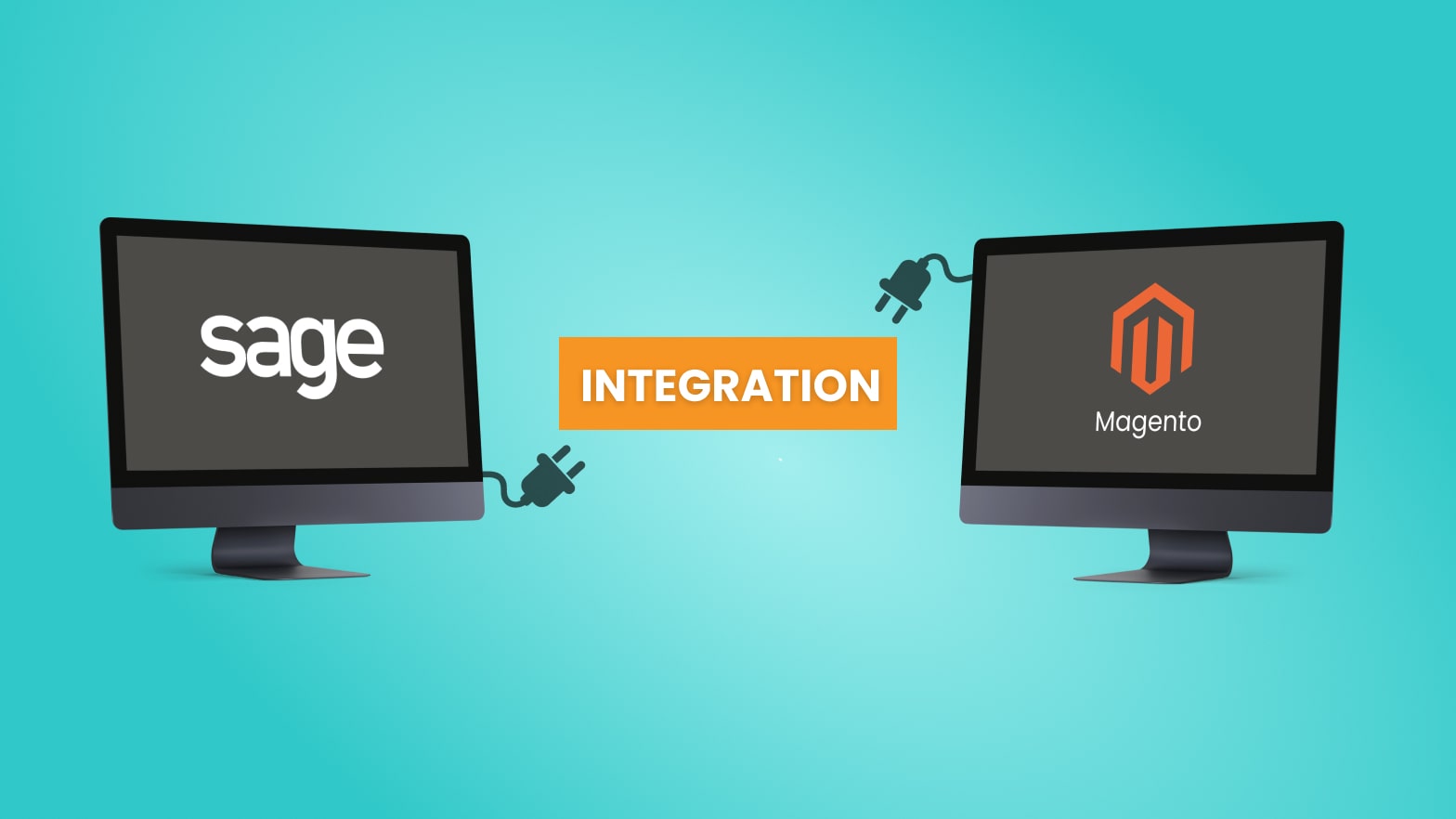
Magento store owners may log in to their account and check all of their Magento store’s transactions. Because the system is refreshed and synced in real-time, the transactions and cash flow are in real-time. This is critical for determining if you can afford unanticipated charges or confirming whether a transaction has been completed. This delivers valuable real-time input and enables improved engagement.
3. Be time-saving
If the data is entered once into a computer system, the process of data entry may be accomplished at a lower cost. Even the input does not require any human intervention because the Magento Sage connection will automatically add Magento data to the Sage platform. This will boost the operator’s productivity since they will be able to spend their skills in other areas that will have a direct impact on the business.
4. Simplify the management process
Another merit is that the owners can see their company increasing and growing more easily. Accounting for firms grows more and more difficult as they expand. Scalability concerns do not impede software systems since they can filter through large amounts of data and make the process more structured and easy when compared to manual accounting. This removes mistakes and reduces the person’s burden while enhancing productivity.
5. Be cost-effective
Sage accounting software is fast, efficient, and effective. As a result, it will always be less pricey than paper-based accounting labor. To get the same goal, less paid work and fewer working hours will be required. Further, these systems are supplied at a lower monthly subscription fee as compared to paying accountants who take longer, need more payment, and have a higher chance of inaccuracy.
6. Provide comprehensive reporting
The Magento Sage integration provides reporting capabilities. These functions include profit and loss statements, general ledgers, cash flow statements, and fundamental financial statements. A chart of accounts, vendor reports, sales tax reports, and account aging reports are among the other features. With cash flow forecast, account reports, profit analysis, and stock movement, the program raises thorough reporting to a new level. Other accounts payable and receivable software is way more pricey without the new features that Sage provides.
7. Keep track of the inventory
For product-based firms, inventory monitoring is a helpful aspect of accounting software. Only a few accounting software packages include inventory management as an optional function, and Sage is one of them. The Sage accounting plan costs $25 per month. When compared to alternative systems, such as QuickBooks, which may cost up to $80 each month. Following the Magento Sage integration, Magento shop owners may add goods, classify them, and change their pricing. Quantities may be recorded, out-of-stock warnings sent, stock reorder levels established, and reports based on best-selling goods created. This program may be used to buy or sell non-tangible services, and it will give the same benefits.
8. Provide limitless users
The Sage accounting package allows customers to establish an unlimited number of user accounts at no additional cost. This subscription allows for an infinite number of users and five different role possibilities. One of the five choices even allows you to alter the user’s access level. Users can be assigned multiple degrees of authorization based on different aspects of the account, such as contacts, costs, or sales, by the Magento shop owner. The competition software is pricey, with choices starting at $180 per month and extra charges for separate user accommodation.
These benefits make Magento Sage integration very vital to ensure that the Magento shop does not miss out on the various benefits given. These assist in scaling the business, increasing accountability, increasing productivity, lowering operating expenses, and lowering mistake risks.
Some prominent Magento Sage solutions for your business
There are several integration options available for Magento Sage integration.
Sage50 desktop accounting software is available for small companies. It is cloud-connected and will cover the fundamental finances for your Magento business, even if you are just starting out.
The Sage 100 cloud is an excellent alternative for medium-sized organizations. Sage100 is the next step up from basic accounting software. This solution is ideal for processes in the distribution, manufacturing, and service industries. It includes tools for financial automation and exact report generating throughout all supply chains.
The Sage300 is a cloud-based accounting system designed for distributors, retailers, and manufacturers. It may assist Magento shop owners in managing accounts, operations, distribution, and inventory across numerous locations. It is even able to support many languages.
Sage business cloud enterprise management is a worldwide enterprise system for enterprise enterprises. It provides supply chain, financial, and production management, as well as AI features for making sound business decisions.
Magento Sage integration initiatives are significant endeavors. It is crucial for the project’s success to select the correct partner and methodology. Magento development businesses may serve as your business’s technological partners. Otherwise, the project may become out of control. This leads to wasting valuable time and effort while never producing a product that would benefit the organization.
For the Magento Sage integration, there are two basic ways that may be employed. One method is to employ an off-the-shelf solution or construct a custom solution. Let’s have a look at these two different solution sets.
The custom Magento Sage integration
These solutions are often created by suppliers, such as a Magento Web development business. These custom connectors are developed in order for the Magento shop to interact seamlessly with Sage. A solid open-source platform, such as Magento, offers the possibility of connection with other platforms desirable since it can integrate without negatively impacting the services. Even with adjustments, this technique must be handled with caution because it necessitates the hiring of Magento developers that are experts in their field. The cost of maintaining and building this custom integration option is rather high. You should take this route only if your business requires something out of the ordinary.
It is simple to keep control over the features and software, and you can continue to deal with the vendor you are familiar with. This option has its own drawbacks. These unique connectors are pricey to build and maintain over time. The danger of the choice is depending on you or the implementation partner. There is no assistance unless it is offered by the implementation partner. You will need to update Magento and Sage. It is also tough to scale over time since the addition or removal of systems may need reintegration from start.
It is also crucial that the implementation partner is well-versed in Magento and Sage. They must understand how Magento takes and reads data, as well as how Sage operates. When assessing a vendor, you must test and know the vendor’s knowledge well. If you wish to run the solution on your own, you must first understand how these systems function. You’d also like the seller to be an expert in their profession. Even if it costs a little extra, you should always choose a certified Magento web development provider to ensure that the solution is fully functioning.
SaaS Magento integration solutions

These commercial connection tools may link your Magento system by employing connectors to synchronize data and automate data processing between Sage and Magento. Because there is an operational “hub” present between the endpoint systems, these are frequently referred to as hub-spoke models or middleware platforms. Because these pre-built templates can connect Magento and Sage, these off-the-shelf solutions have leverage. Only if you can adjust the workflows or business logic to your needs will you be able to gain out-of-the-box functionality. The benefits of this approach include having pre-built connectivity for Magento and Sage, a relatively quick setup time, and a cheap upfront and long-term cost. The third-party provider is in charge of the integration’s upkeep and upgrades.
But, it has some drawbacks. At the time, the solution’s functions were restricted. The inclusion of a third-party set also implies that control over specific aspects may be lost when the vendor handles such features. Monthly subscriptions are required for these SaaS apps. The cost ranges from $100 to $1,000, depending on the strength of the solution and the intricacy of the demands. The fee is for the third party hosting, upgrading, and maintaining the connection to their cloud platforms. In most cases, you will also have to pay a one-time charge to apply the solutions, which can range between $2500 and $1000.
Today, Magento shop owners may select from a lot of integration solutions. You employ Magento developers and combine with them to construct a bespoke connection, but you will have to manage maintenance and support in the future unless the developers supply it. Merchants can also assess off-the-shelf solutions offered by skilled firms. If you are unsure, you may request a consultation from Magesolution professionals.
Wrapping up
After all, Magento Sage integration is a great solution. However, if you want to apply it, you will probably need an experienced third party service provider. We – Magesolution provides reasonable Magento pricing plans that are yet valuable and functional. Our Third party integration services are best used when you engage Magento experts to manage the solution while you focus on the store’s operations. Along with it, Magesolution can give you detailed advice related to your business development. Believe us and CONTACT US right now!
